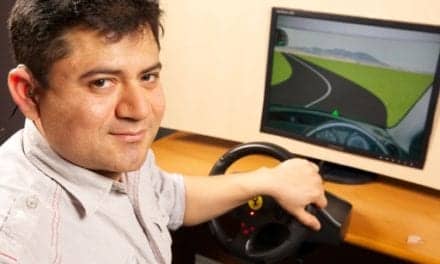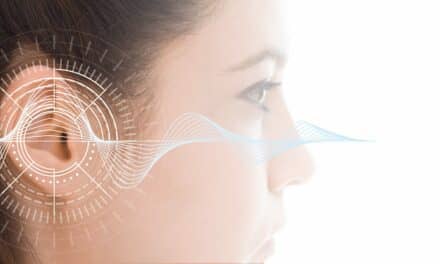Researchers at the University of Leeds have made a significant step forward in understanding the causes of some forms of deafness.
The Leeds team has discovered that the myosin 7 motor protein—found in the tiny hairs of the inner ear that pick up sound—moves and works in a different way from many other myosins.
"We’re really excited by this discovery as it could lead to new insights into certain forms of deafness," says
Michelle Peckham, PhD, from the University of Leeds’ Faculty of Biological Sciences. "Mutations in this protein have been linked to hearing loss, particularly of the type connected to Usher syndrome, which is a form of degenerative deaf-blindness."
There are around 40 myosin motor proteins in the human body, the most familiar of which is the type of myosin found in skeletal and heart muscle. But all cells have many different kinds of myosin.
"What’s exciting about our findings is that we have found that, unlike muscle myosins, which have two heads, myosin 7 only has one," Peckham says. "For the first time we’ve found how this myosin can be switched on and switched off. When switched off, the tip of its tail curls round and contacts the head, and switched on this contact is broken and the myosin stretches out. This knowledge should help inform any further studies into how a mutation can create problems in hearing."
Follow-up studies could include a more detailed analysis of the role of myosin 7 in Usher syndrome, an inherited genetic condition, which affects hearing, sight, and balance. It can vary in its severity; in some cases a child may be born deaf and their sight may deteriorate during childhood, while in others the syndrome can go undetected into the teens when hearing and sight usually begins to deteriorate.
There is no cure for Usher syndrome and sufferers are usually offered assistance in managing their disabilities.
"Our studies on how normal myosin 7 works pave the way for understanding how a defective myosin 7 protein in Usher patients results in deafness," Peckham says.
Peckham worked with colleagues Professor Peter Knight, PhD, and Tom Baboolal, PhD, from the Faculty of Biological Sciences. This is a collaborative study with the group overseen by Prof James Sellers, PhD, at The National Heart, Lung, and Blood Institute in the United States. It is published in the Proceedings of the National Academy of Sciences Online early edition.
[Source: Medical News Today]




